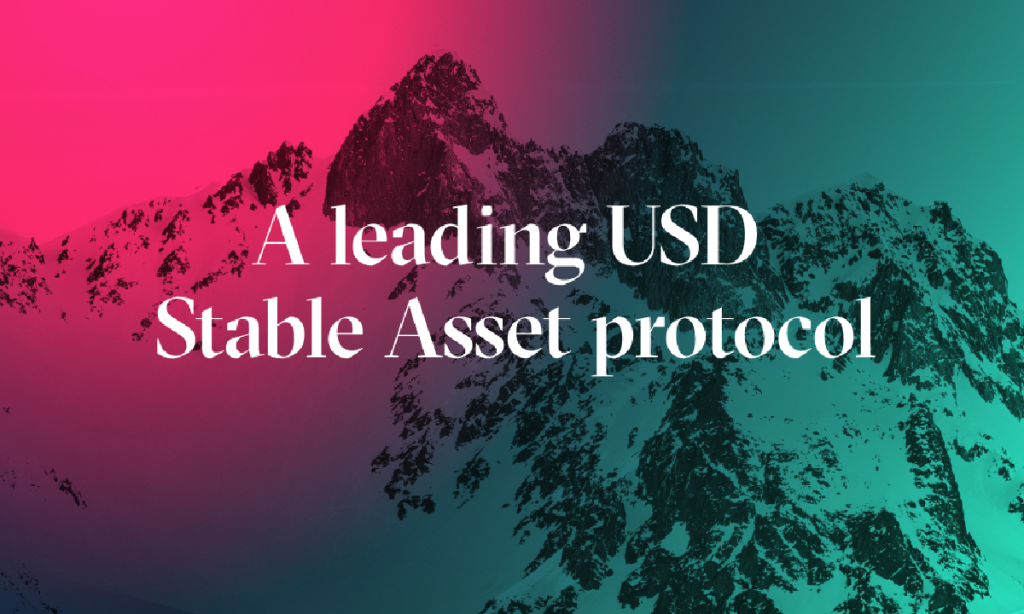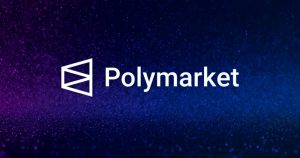How Davos Protocol Benefits the Polygon DeFi Ecosystem

DeFi, short for decentralized finance, is a burgeoning wing of finance – a product of blockchain innovation that brings increased access to finance and income generation opportunities to the world’s population.
Finding its roots in the introduction of Ethereum, the alternate financial system comes a long way and offers users a whole lot of options to earn returns.
Still, DeFi protocols face drawbacks on the Ethereum network owing to the blockchain’s slow throughput. Polygon, a layer-2 solution, stepped in to provide DeFi users with a more scalable ecosystem while relying on Ethereum’s security. Naturally, Polygon continues to witness massive utilization by DeFi users thanks to what it offers and is presently one of the more popular blockchains. As a result, it boasts a booming DeFi ecosystem that witnesses trailblazing developments.
Davos Protocol – Polygon’s Revolutionary DeFi Advancement
One such development is the Davos Protocol, a DeFi implementation that overcomes several issues prevalent with most DeFi protocols. It relies on Polygon’s scalability to offer users an efficient experience while channeling into its state-of-the-art use cases.
The protocol allows its users to earn low-risk yields while evading the issues prominent with DeFi usage. Davos Protocol users stand to earn a high APY (Annual Percentage Yield) of 9% that can dip to a still highly impressive APY of 7% during bear market conditions. Such yield-earning possibilities are relevant even in dire conditions where dipping markets drive users’ DeFi investments into the ground.
Davos Protocol accomplishes such feats by using Polygon’s native MATIC token to power its yield generation techniques. The protocol’s DAVOS Stable Asset — an over-collateralized, decentralized, and capital-efficient stablecoin, allows users to earn rewards through the platform’s staking measures. What’s more, yield farming options are always available on DEXs containing DAVOS liquidity pools for additional income.
Beyond the protocol’s unparalleled income generation abilities, its stable asset is another state-of-the-art development it brings to the table that does away with all stablecoin shortcomings. Over-collateralization with MATIC keeps DAVOS’ value stable while the cryptocurrency backing and smart contract functionality keep it decentralized, and its yield generation capabilities keep it capital efficient. It is safe to say that DAVOS remains at low risk to the variety of frightening situations witnessed by stablecoins like TerraUSD, USDC, DAI, and others.
When users acquire DAVOS for yield generation purposes, they do so by over-collateralizing with MATIC tokens. The protocol uses MATIC collateral for liquid staking purposes. Liquid staking protocols further use the MATIC collateral for securing the Proof-of-Stake Polygon blockchain.
Davos Protocol earns liquid staking token (LSTs) yields for its indulgence in liquid staking. Concurrently, Davos Protocol also earns interest from users acquiring DAVOS tokens through over-collateralized loans known as collateralized debt positions (CDPs). These income strategies allow it to reward users with sustained yields.
Davos Protocol is Elevating the Polygon Network and Its DeFi Ecosystem
Davos Protocol brings to the Polygon DeFi ecosystem a sustainable yield-creating application that allows the ecosystem’s users to access a novel and reliable universal passive income source. Additionally, the network’s users also get to store and transact value with a truly stable stablecoin that eclipses how its counterparts function. The superior DAVOS Stable Asset improves the DeFi experience and presently remains exclusive to Polygon’s ecosystem, with a possibility of expanding to other networks in the near future.
Furthermore, the protocol’s indulgence in MATIC liquid staking efforts helps in securing the Polygon network from bad actors. As DAVOS adoption increases, so does the locking up of MATIC tokens with Polygon’s validator nodes, breeding a more protected PoS blockchain. Obviously, amplified network participation also aids in keeping the network highly decentralized.
Moreover, the rise in the number of MATIC tokens tied to the network’s upkeep leads to greater demands for them, allowing for a surge in their value and market capitalization. The factors combined allow users to utilize a seamless, secure, and thriving DeFi ecosystem that consequently witnesses the addition of abundant use cases ever so often.
Thus, Davos Protocol not only offers the next generation of sustainable yield generation to DeFi users but also enhances the Polygon network and its ecosystem of DeFi protocols. With its unique set of use cases, the protocol looks to become a central fixture in Polygon’s ecosystem and further drive the network’s adoption. Polygon’s partner status with Davos doubles down on the protocol’s importance to the network.
Learn more about Davos protocol
Keep yourself updated on our blogs and social media channels –
Medium | Twitter | LinkedIn | Telegram| Discord
Disclaimer
This article is sponsored content and does not represent the views or opinions of BeInCrypto. While we adhere to the Trust Project guidelines for unbiased and transparent reporting, this content is created by a third party and is intended for promotional purposes. Readers are advised to verify information independently and consult with a professional before making decisions based on this sponsored content.













